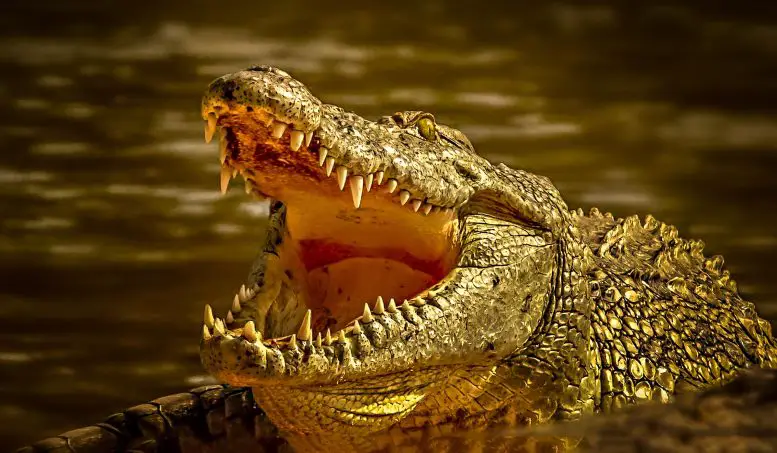New research led by the University of Oxford has revealed that endangered turtles and crocodiles are unique. Because they drive critical processes important to many other species, their loss can have far-reaching effects on the ecosystems in which they live. Turtles and crocodiles are two groups of animals in danger of extinction (International Union for Conservation of Nature, IUCN) where about half of the world’s species are threatened with extinction. A better understanding of which species are most threatened and why they are urgently needed is needed to inform conservation efforts.
In a new study led by researchers from the Oxford University School of Biology, an international team examined the greatest risks to wild turtle and crocodile populations around the world. The results were published today (March 28, 2023) in the journal. Nature Communicationshows that endangered turtles and crocodiles are the ones who have developed unique survival strategies. These species tend to have very specific roles in their ecosystems that are unlikely to be filled by other species if they disappear.
The researchers used models to simulate extinction as a result of anthropogenic threats, estimating observable effects for species with different survival strategies. A life strategy is how an organism allocates its resources and energy between its own survival, reproduction and growth.
Professor Rob Salguero-Gómez (University of Oxford, Department of Biology), senior author of the study, commented: “Threats do not affect all species equally; they tend to influence certain life strategies. For example, the irrational consumption of turtles and crocodiles mainly affects long-lived species with the largest clutch sizes, such as sea turtles.”
Key findings:
- The results indicated that all turtle, tortoise and crocodile species currently considered threatened by the IUCN will become extinct. 13% of unique life strategies will be lost.
- Habitat loss has been a major threat to all turtle, tortoise and crocodile species worldwide. It can cause twice the loss of functional diversity (the set of things organisms do in ecosystems) than any other threat studied.
- Climate change and global trade were also major threats. affected all species regardless of life history strategies.
- Species with unique survival strategies have also been particularly affected by unsustainable local consumption, disease and pollution. .
- Species with a “slow” life history (characterized by late maturation and a small number of offspring) was particularly vulnerable to threats from invasive species and diseases . For example, a significant threat to “false gharial” in Sumatra ( Tomistoma schlegelii ), the rupture of their eggs by an introduced wild boar ( sus scrofa ).
- Threats from pollution are particularly associated with species with high reproductive capacity. (larger grip size) such as freshwater turtles and saltwater crocodiles. For example, the three-striped turtle ( Batagur dhongoka ) are highly sensitive to major hydrological projects and their impact on river flow dynamics and nesting beaches and water pollution.
- Local consumption posed a particular threat to species with larger clutch sizes and longer maximum lifespans. . For example, the long-lived Asian giant tortoise ( Manuria emerys ), is typically killed and butchered locally for its meat, and is also harvested for the export trade for consumption in East Asia, when encountering local hunter-gatherers in most of its inhabited region.
The fact that turtles, tortoises and crocodiles with unique life histories are more vulnerable to extinction is of great concern because many perform important functions in ecosystems, the researchers said. For example, some are efficient seed dispersers, some build nests to create habitats for other species, and others are predators that help maintain balance in the ecosystem.
By performing these functions over millions of years, they are inextricably linked to the unique and diverse life strategies that species have evolved from. Many of these species are also quite charismatic, such as the spiny turtle, which is native to the Mediterranean basin in North Africa and Eastern Europe.
Source: Port Altele
